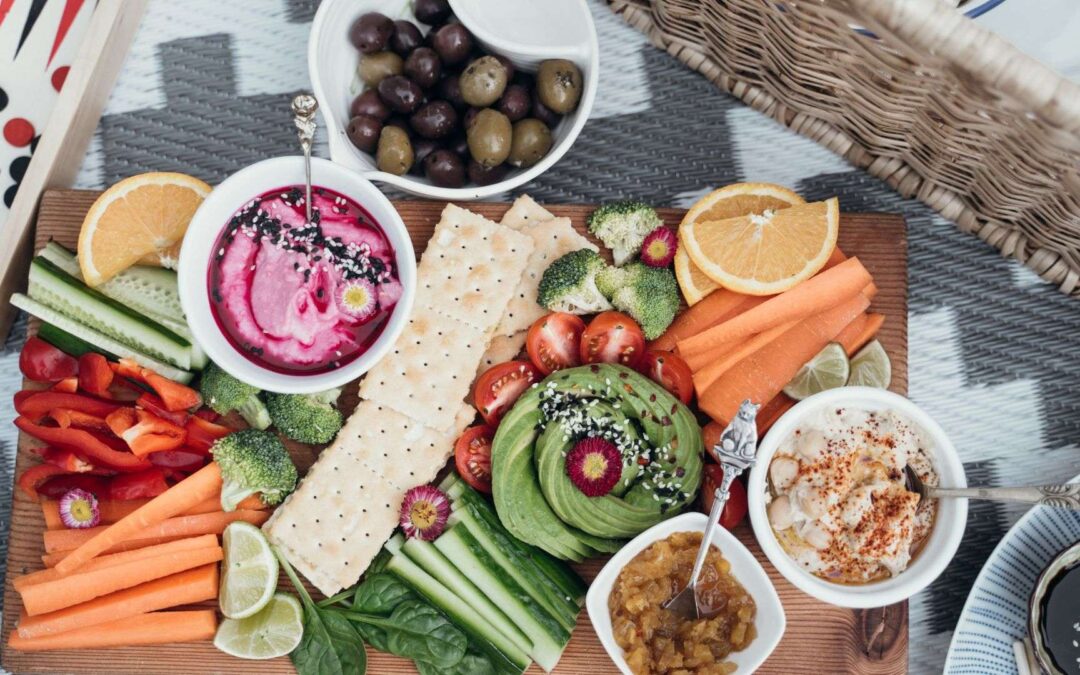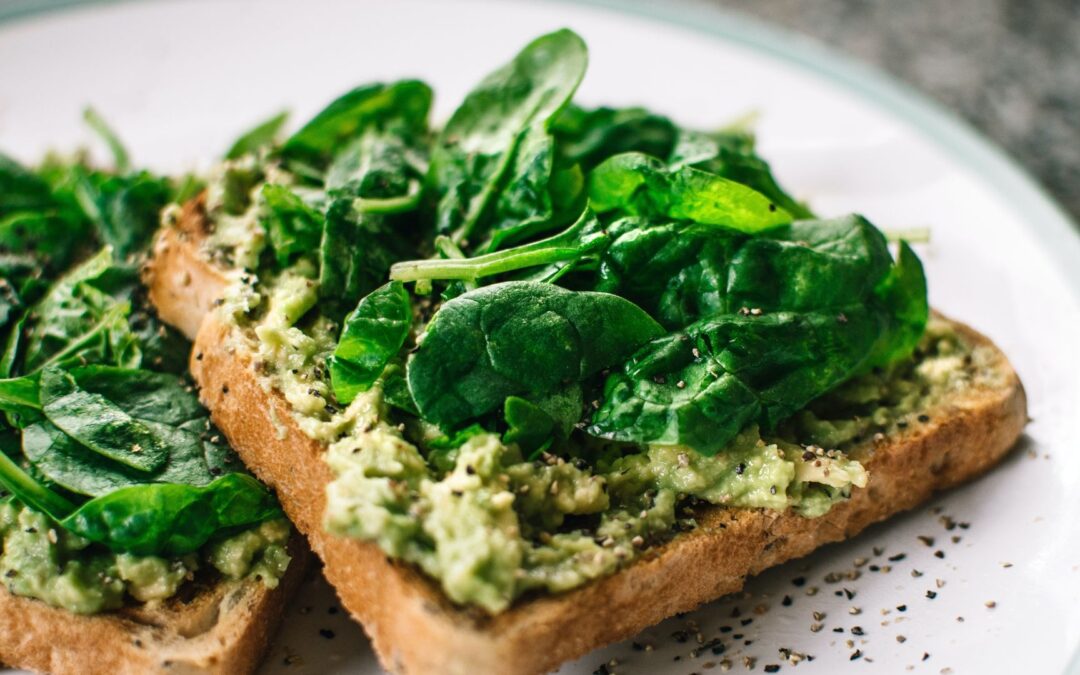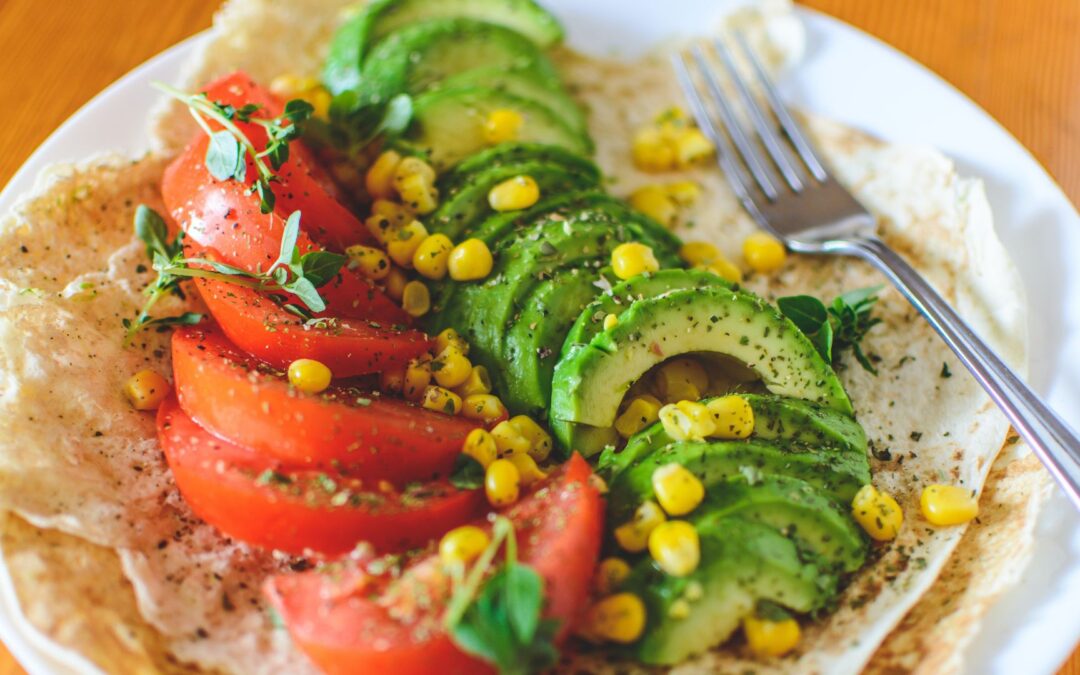Vegetable meat (vegan): what it is and how it substitutes animal meat
Vegetable meat or vegan meat is a food of plant origin that, due to its protein content and texture, is used to replace animal meat in vegan and vegetarian diets. There are several types of vegetable meats and processed foods are produced from them, such as hamburgers and sausages.
Today we are going to know each type of vegetable meat.
Seitan
Seitan is the vegetable meat par excellence, due to its precious nutritional value and texture.
The name comes from a Japanese expression, shokubutsusei tanpaku, which means vegetable protein. Seitan is easily found in supermarkets and organic stores. It is made of gluten, the protein of wheat, which is not suitable for celiac. It is presented in the form of a compact mass of dark colour and firm and spongy consistency. Seitan is the vegan meat that provides the highest amount of protein and is ideal for athletes who want to develop their muscles.
PROS
- Easy to digest
- Cholesterol free
- Without lactose
- Low in calories and fat
CONS:
- Missing at B12
- The fibre contribution will depend on the flour used for its manufacture
- It is not suitable for celiacs
How to make Seitan at home?
Preparing it is not difficult, but it takes time. There are two methods:
1. Flour is kneaded with water and the dough is rinsed under the tap until all the starch has been released and the water runs white. Then it is cooked in water with seaweed, soy sauce, and vegetables for at least one hour.
2. Gluten flour is mixed with vegetable broth, soy sauce, and spices to form a compact dough. It is cooked in vegetable broth for about an hour, depending on the size of the dough.
Once cooled, it is ready to be used as a base ingredient in your recipes.
Tofu
Tofu is a typical food of Asian cuisine, which is prepared from soy milk with a procedure similar to that of cheese. Its name comes from the Japanese tōfu and the Chinese tou-fu which means curdled or fermented. It is white and has several textures:
- Silken tofu – textured cheese spread or cream
- Traditional: firm or extra firm consistency, usually sold in the form of cubes.
PROS:
- Gluten-free and suitable for celiacs
- Rich in protein
- Rich in calcium
- Cholesterol free
- Without lactose
- Low in fat
- Low in calories
- Rich in isoflavones, which reduce the effects of menopause
- Ideal to replace eggs in pastries. For example, to prepare delicious tofu and chocolate cake.
CONS:
- Does not carry B12
- High oxalate content. Not recommended for people with a tendency to have kidney stones
You can buy Tofu in supermarkets, organic stores and Asian food stores.
Tempeh
Tempeh is a product of Indonesia, derived from the fermentation of soybeans with the fungus Rhizopus oligosporus. It is presented in blocks of hard consistency and is manufactured from soybeans, although today we can find tempeh based on other legumes such as chickpeas.
PROS:
- Without lactose
- Without gluten
- Cholesterol free
- High in fibres
- Low in fat
- Rich in isoflavones
CONS:
- Does not carry B12
- High oxalate content
Despite what you may read on the internet, it is important to stress that tempeh is not a safe source of vitamin B12. As the International Vegetarian Union has clarified, the contribution in B12 depends on the manufacturing process. In addition, they are mostly B12 analogs, that is,non-active forms of it, which the body cannot absorb. Nor can we trust 100% in the amount indicated on the labels, because with the measurement method used for food, the sum of the active and inactive forms of vitamin B12 is obtained.
What is the difference between Tempeh and Tofu?
Although they both come from soybeans, they are not alike. Thanks to the fermentation process and the fact that the beans are kept whole, tempeh is easier to digest and preserves all the fibres of the soybeans. It also has a firmer consistency and a more intense flavor, like nuts.
Textured Soy (soy meat)
Soy meat is produced from soybeans: its oils are extracted and defatted and dehydrated flour is obtained. Once hydrated, it acquires a fibrous consistency similar to animal meat. There are several formats, the most common being fine-textured soy (which looks like minced meat) and coarse-textured (similar to meat bites). As it is derived from an industrial process, the nutritional value of soy meat can vary by manufacturer.
PROS:
- 50% average protein content
- Low-fat intake
- Provides isoflavones
CONS:
- Does not carry B12
- High oxalate content
You will find textured soy in Asian food supermarkets or specialized organic stores/websites.
Vegetable meat vs Animal meat
Leaving aside the ethical issue and the ecological aspect related to the consumption of vegan meat, every day there are more people who decide to stop consuming animal meat to take care of their health.
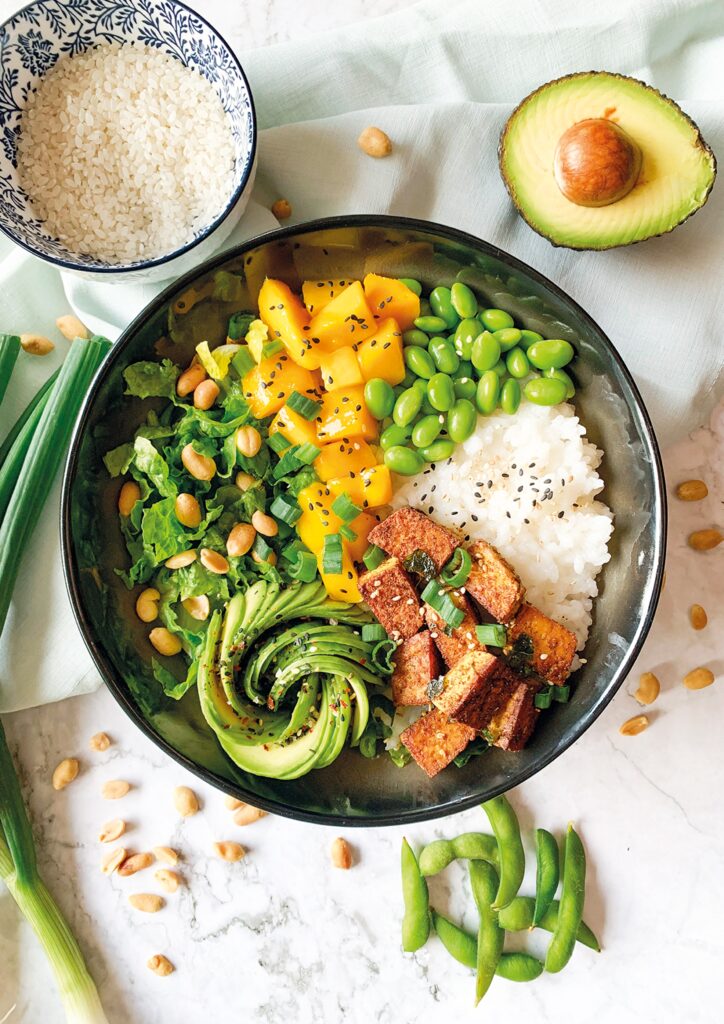
Vegetable meats have many advantages:
- They are low in fat
- They do not carry cholesterol
- They have a low content of purines, substances whose synthesis produces waste (uric acid), which in large quantities can cause diseases such as gout.
The only disadvantage is in the total lack of vitamin B12, easy to compensate for through a supplement.
